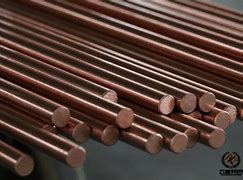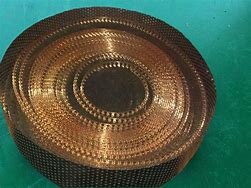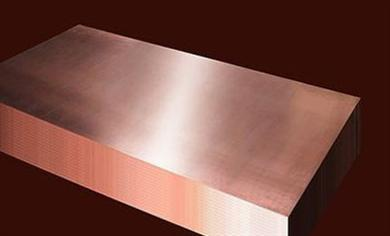**Copper Pipes on Fire: What’s Their Breaking Point?**
(How Hot Can A Copper Pipe Get)
Copper pipes are everywhere—in your walls, under your sink, maybe even in your air conditioner. They’re tough, reliable, and great at moving water or gas. But push them too far, and even copper has its limits. Let’s talk about heat. How much can these shiny tubes handle before they wave the white flag?
First, copper melts at around 1,984°F (1,085°C). That’s hotter than a pizza oven at full blast. But melting isn’t the real issue. In everyday use, pipes face lower temps. Think boiling water, steam systems, or sunlight beating on an outdoor line. Here’s the catch: copper softens long before it melts. At just 400°F (204°C), it starts losing strength. By 700°F (371°C), it’s as bendy as a licorice stick.
Why does this matter? If a pipe gets too hot, it can warp, crack, or even burst. Picture a plumbing disaster—water spraying everywhere, repairs costing a fortune. Not fun. Most home systems keep water below 140°F (60°C). That’s safe for copper. But accidents happen. A malfunctioning water heater might crank the heat. A fire nearby could turn pipes into weak spots.
Copper’s heat tolerance also depends on what’s inside. Water cools the metal, acting like a buffer. Empty pipes heat up faster. Ever leave a garden hose in the sun? The water inside stays cool, but the hose itself gets hot. Same idea. If a copper pipe is empty and exposed to high heat—say, in a house fire—it fails quicker.
Pressure plays a role too. Pipes under high stress (like in industrial settings) handle heat differently. A tiny weak spot from overheating plus pressure equals trouble. That’s why factories use thicker copper or mix it with other metals. Your home pipes? They’re thinner, cheaper, and not built for extreme conditions.
Sunlight isn’t usually a threat, but don’t ignore it. A copper pipe on a roof in Arizona might hit 200°F (93°C) on a summer day. That’s below the danger zone, but over years, heat fatigue can cause cracks. Insulation helps. Wrapping pipes in foam or fiberglass keeps them cooler and extends their life.
What about soldering? When plumbers fix pipes, they melt solder at 400°F (204°C) or higher. The key is speed. They heat the joint just enough to fuse it, then stop. Too much heat burns the flux (a cleaning chemical) and weakens the bond. Skilled plumbers make it look easy, but it’s a balancing act.
Copper isn’t the only option. PEX and PVC pipes handle heat worse—they melt below 200°F (93°C). For high-heat jobs, like carrying steam, steel pipes step in. They’re bulkier and pricier, but they laugh at temperatures that would wreck copper.
Ever seen a copper pipe turn green? That’s oxidation. Heat speeds it up. A green pipe isn’t always weak, but it’s a sign of wear. In old houses, corroded pipes near heaters or boilers are common. Replacing them before they fail saves headaches.
Here’s a story. A friend ignored a small leak near his water heater. Over months, dripping water hit the heating element. Steam built up, superheating the pipe. One day, the pipe burst, flooding his basement. The repair bill? Let’s just say he now checks his pipes twice a year.
(How Hot Can A Copper Pipe Get)
So, how hot is too hot? For copper pipes, keep it under 400°F (204°C). Better yet, stay way below that. Insulate them, fix leaks fast, and don’t let heat sources creep too close. Copper’s tough, but it’s not invincible. Treat it right, and it’ll outlast your home. Let it fry, and you’ll learn the hard way.
Inquiry us
if you want to want to know more, please feel free to contact us. (nanotrun@yahoo.com)



